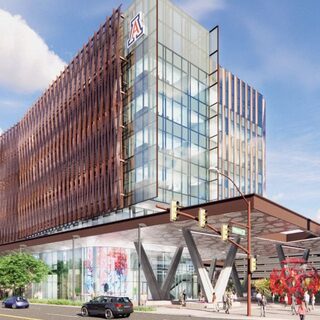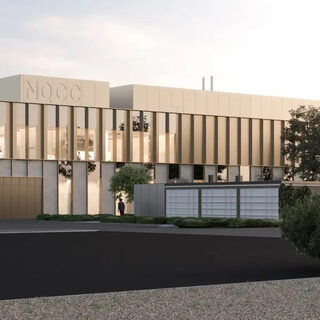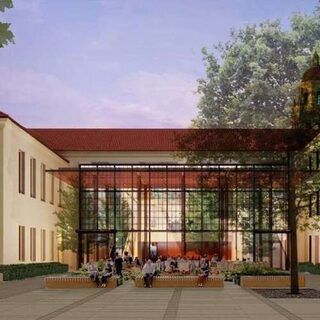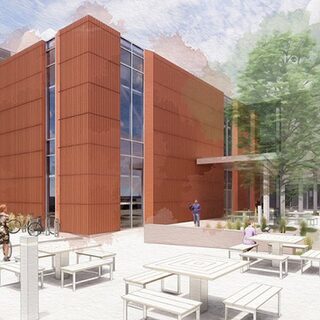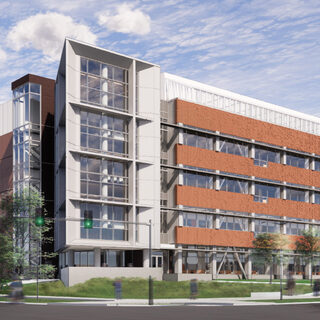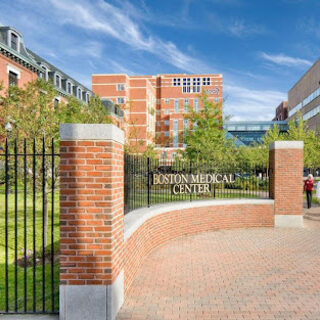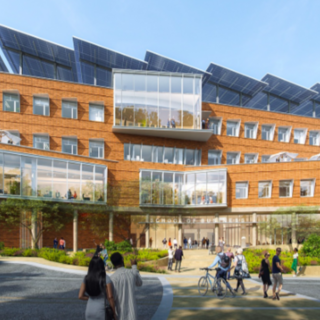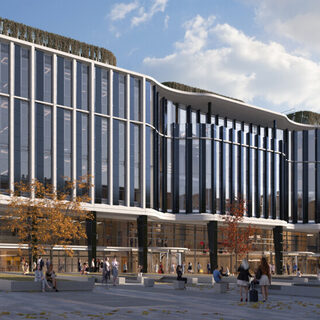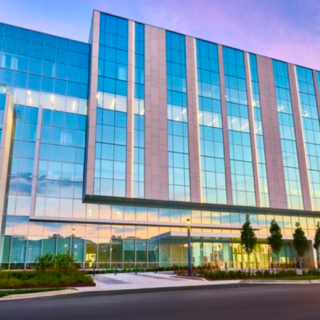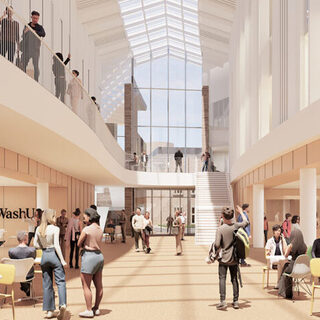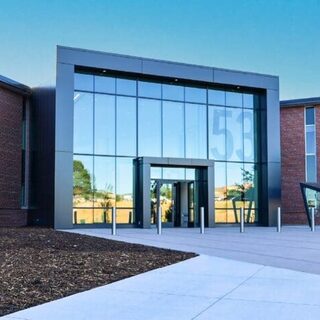University of Arizona Breaks Ground on Center for Advanced Molecular and Immunological Therapies
University of Arizona Health Sciences broke ground in late October of 2024 on the Center for Advanced Molecular and Immunological Therapies (CAMI). Delivered by the design-build team of SmithGroup and McCarthy Building Companies, the transformational project will serve as a physical and metaphorical gateway to the Downtown Phoenix district and the Phoenix Bioscience Core.

